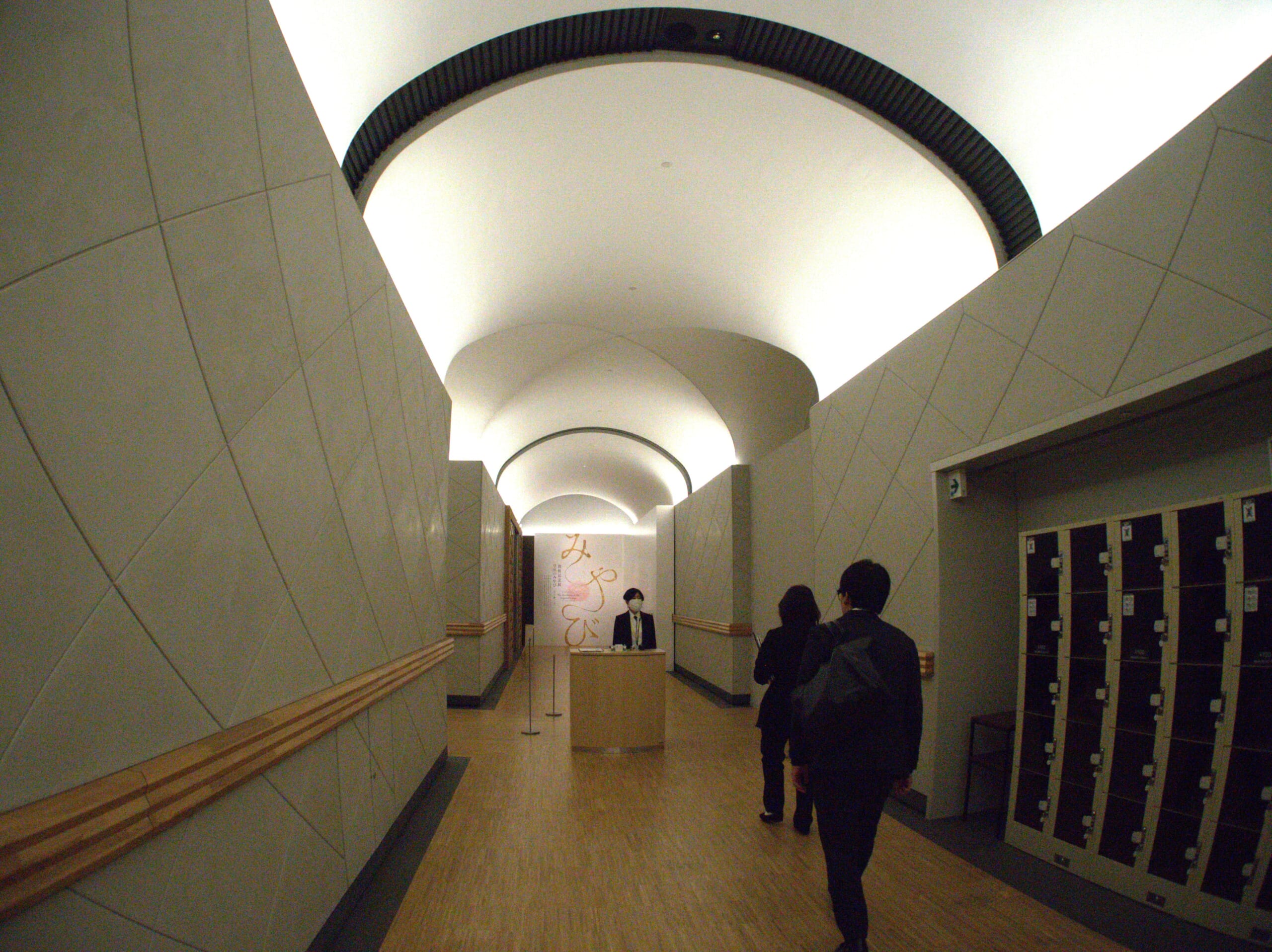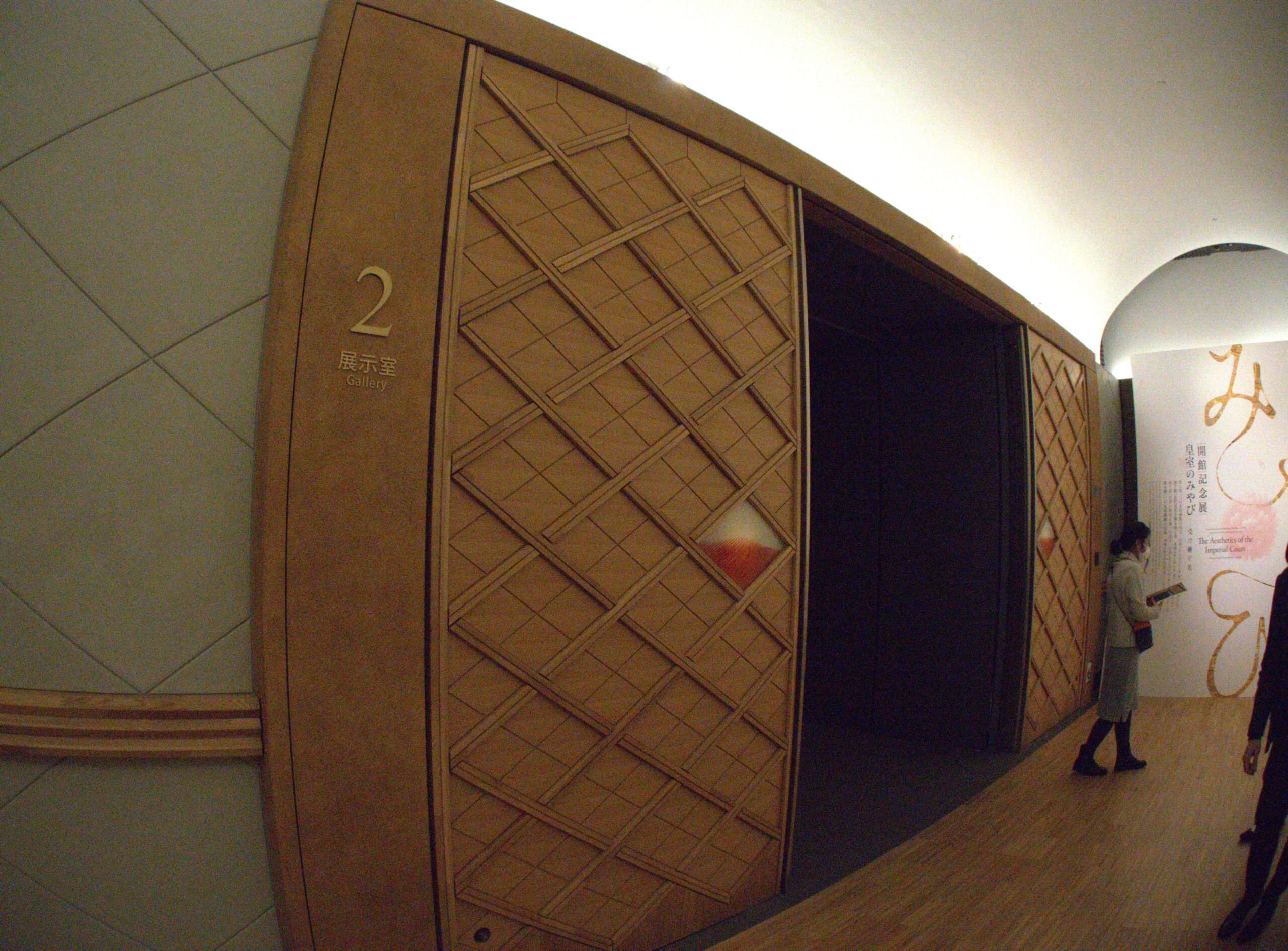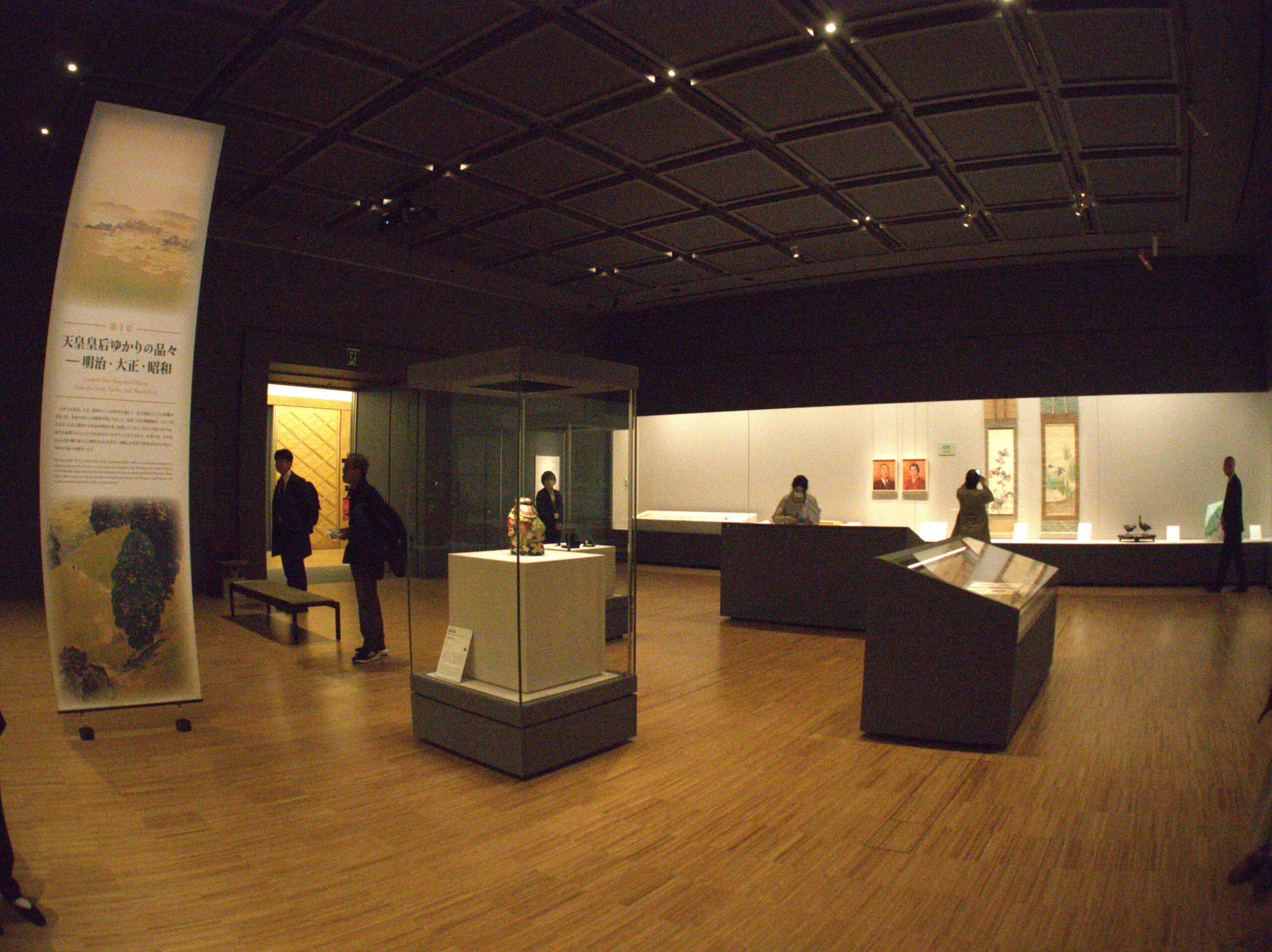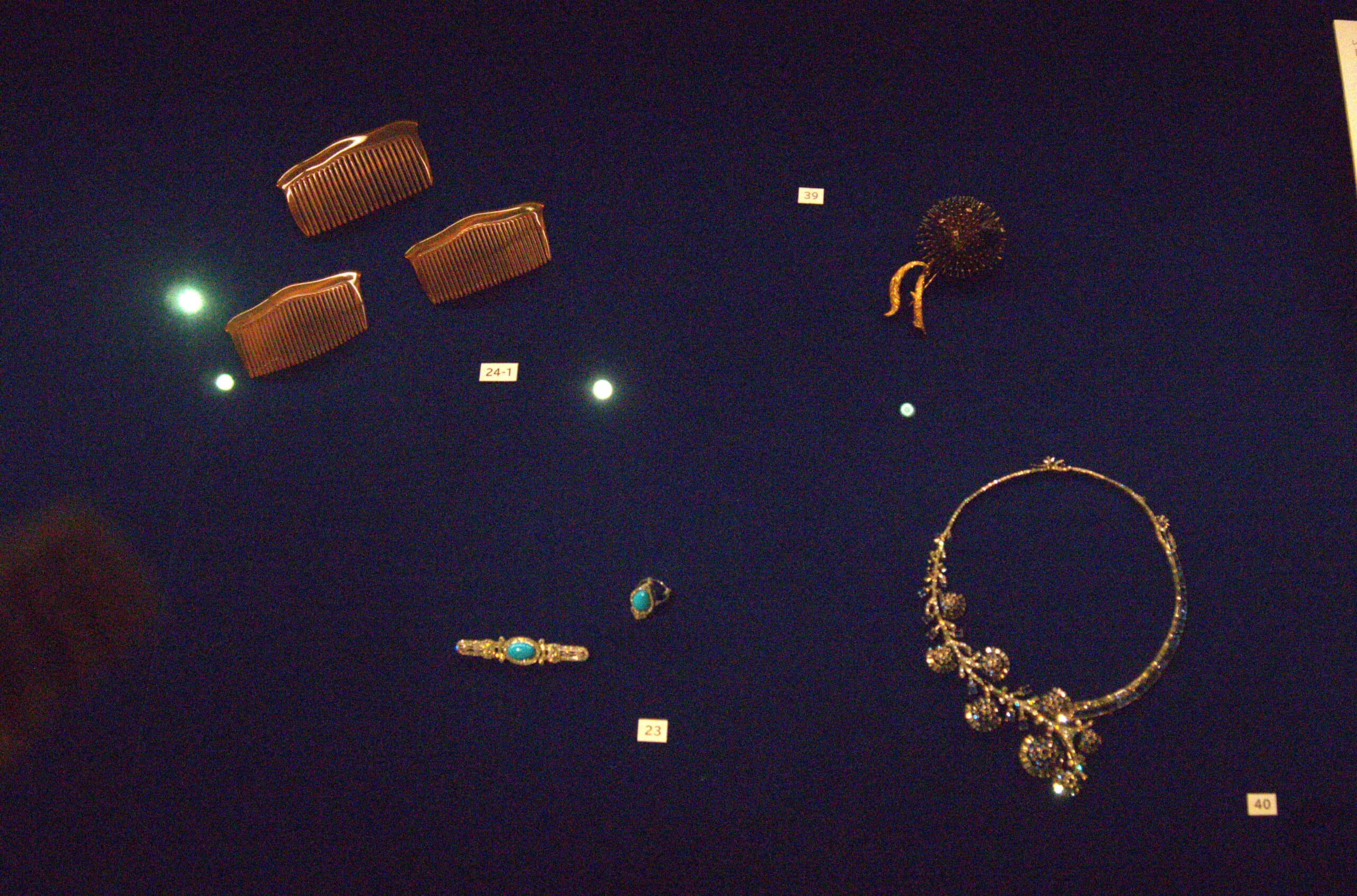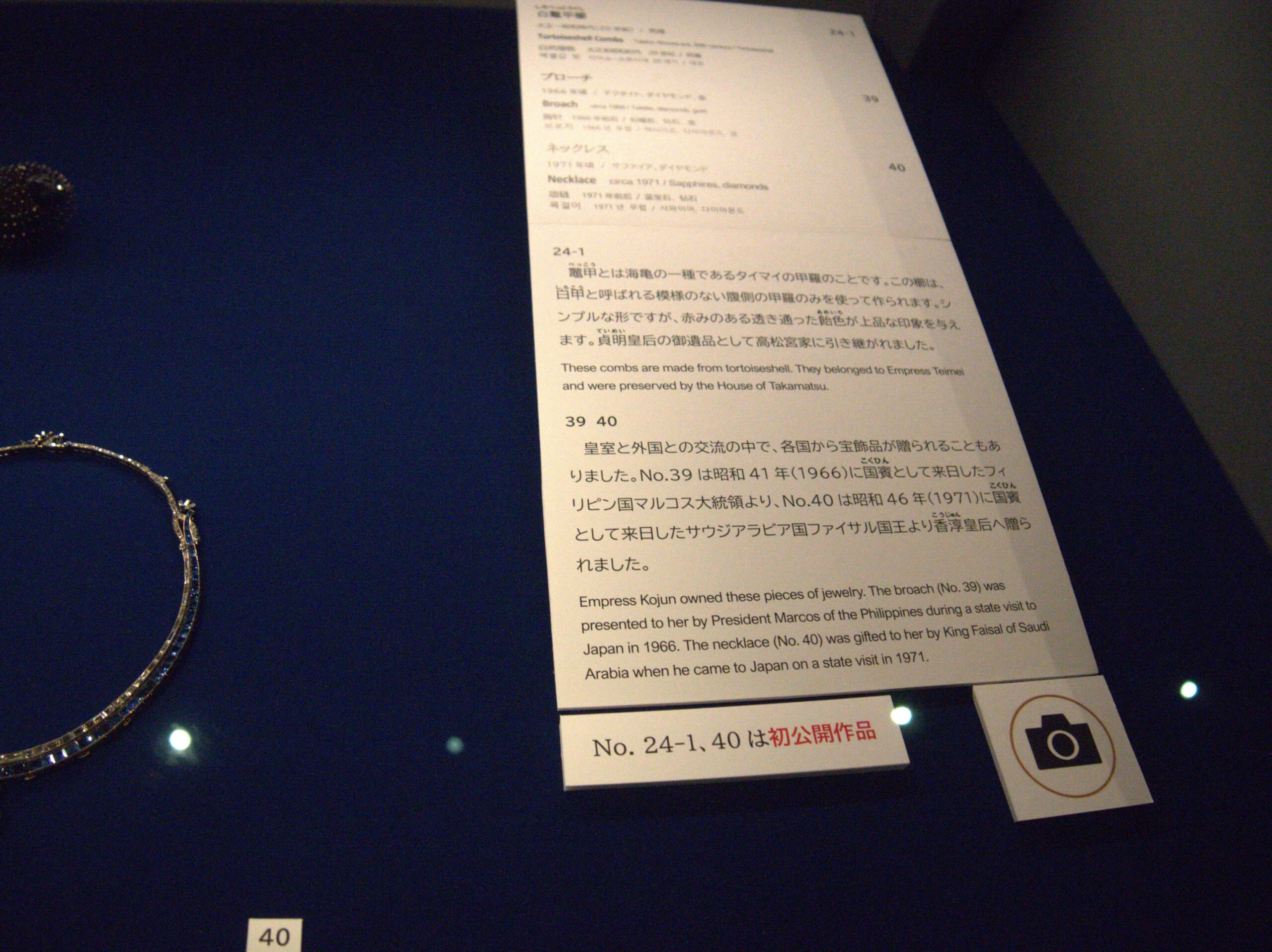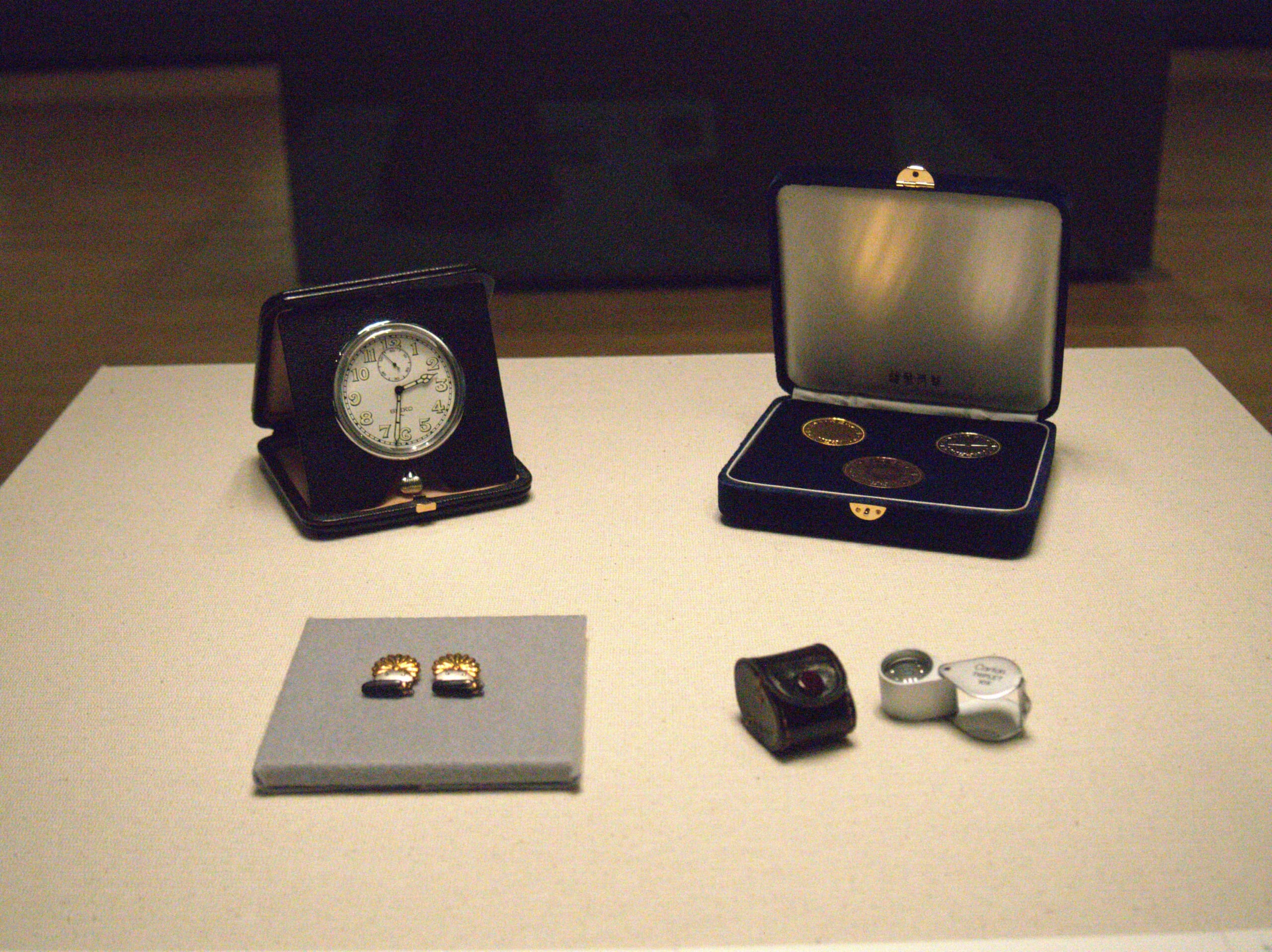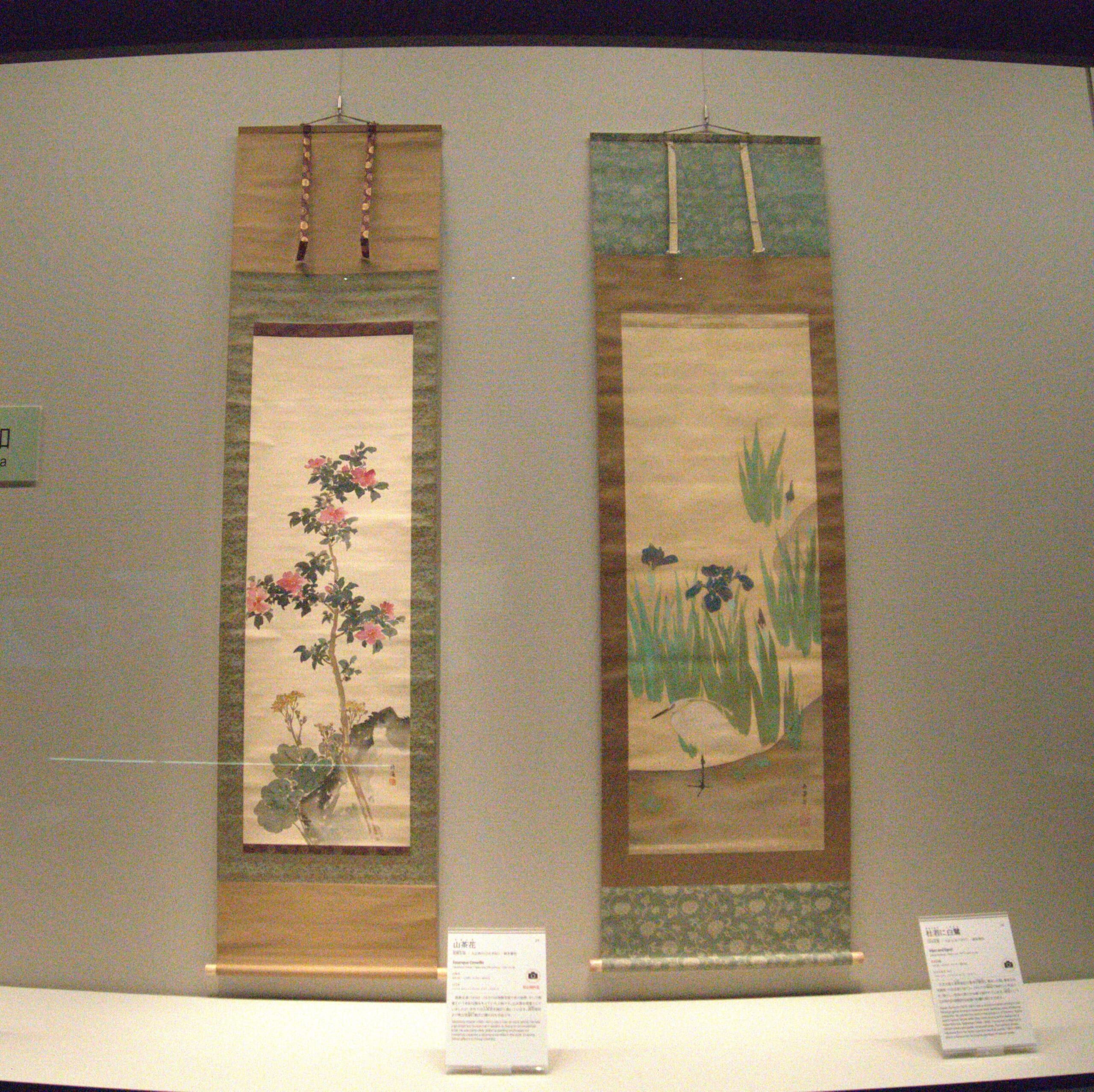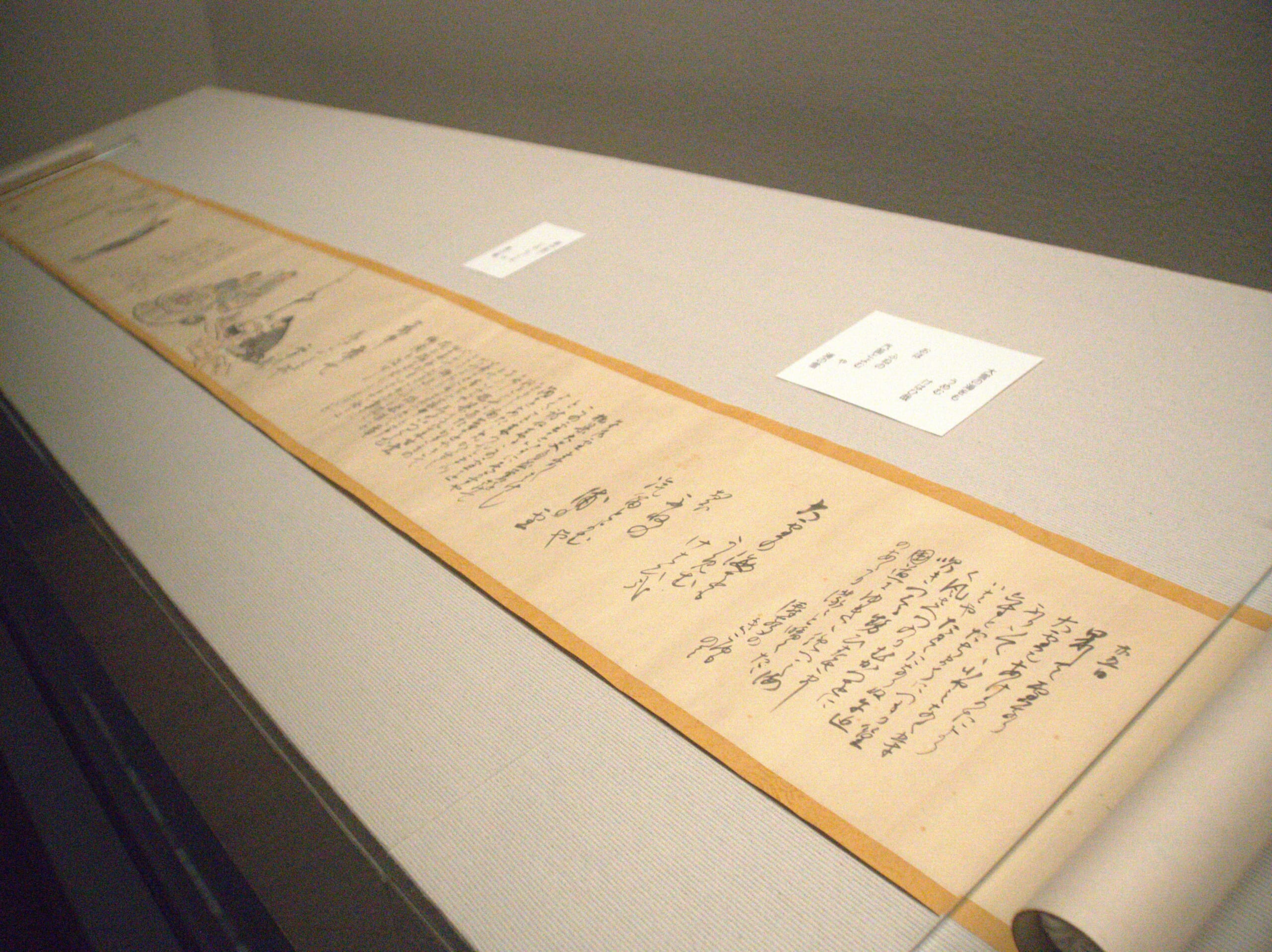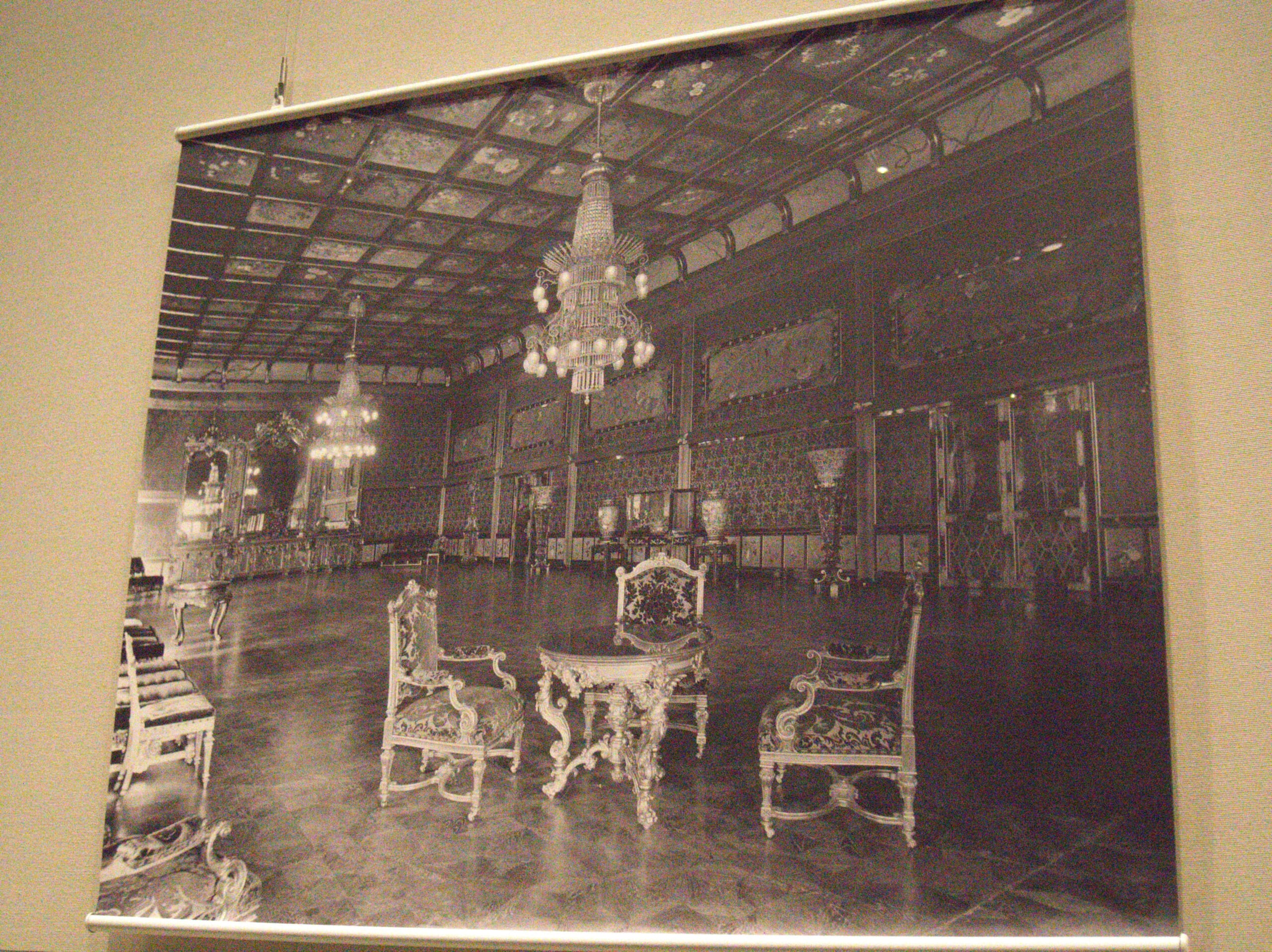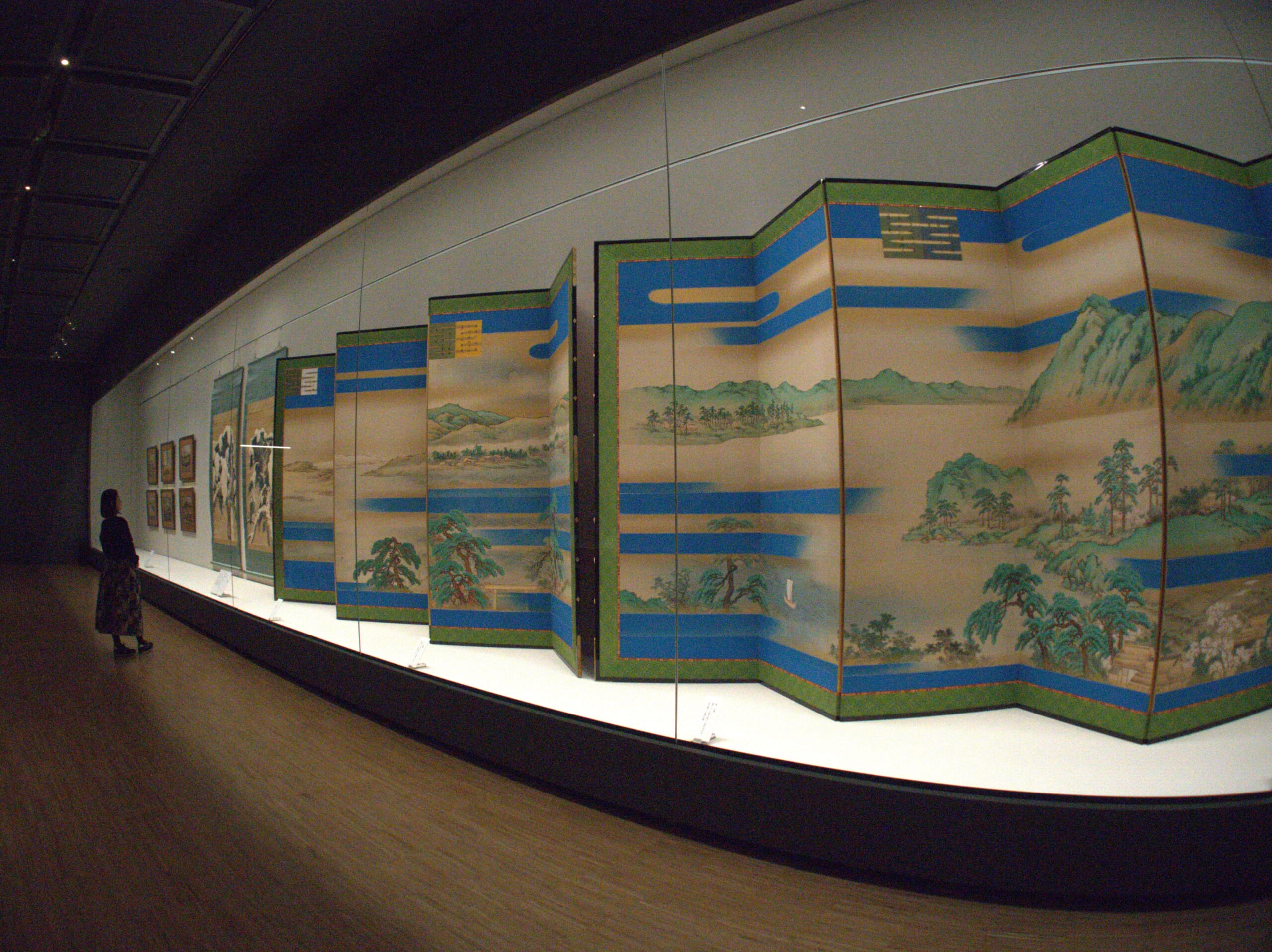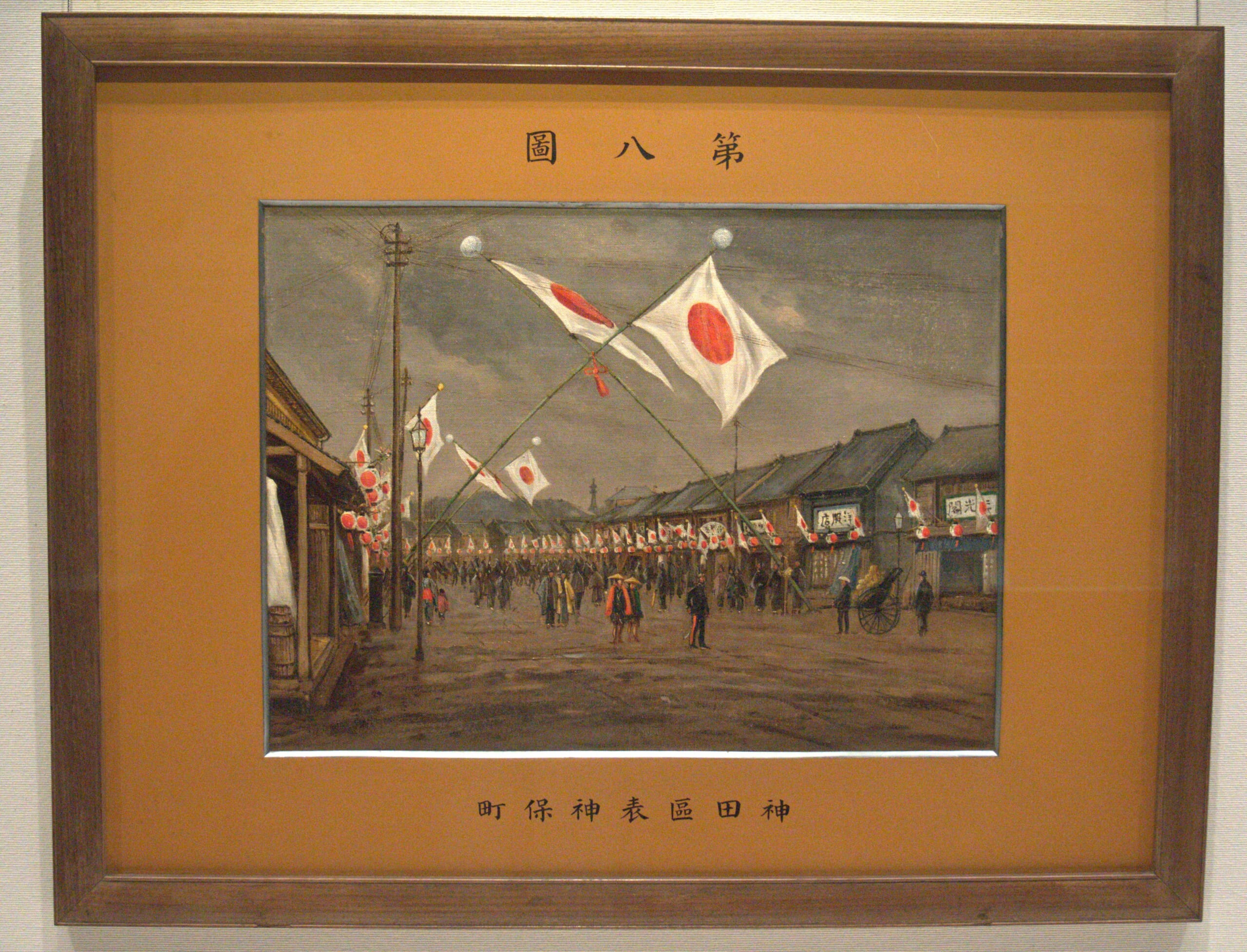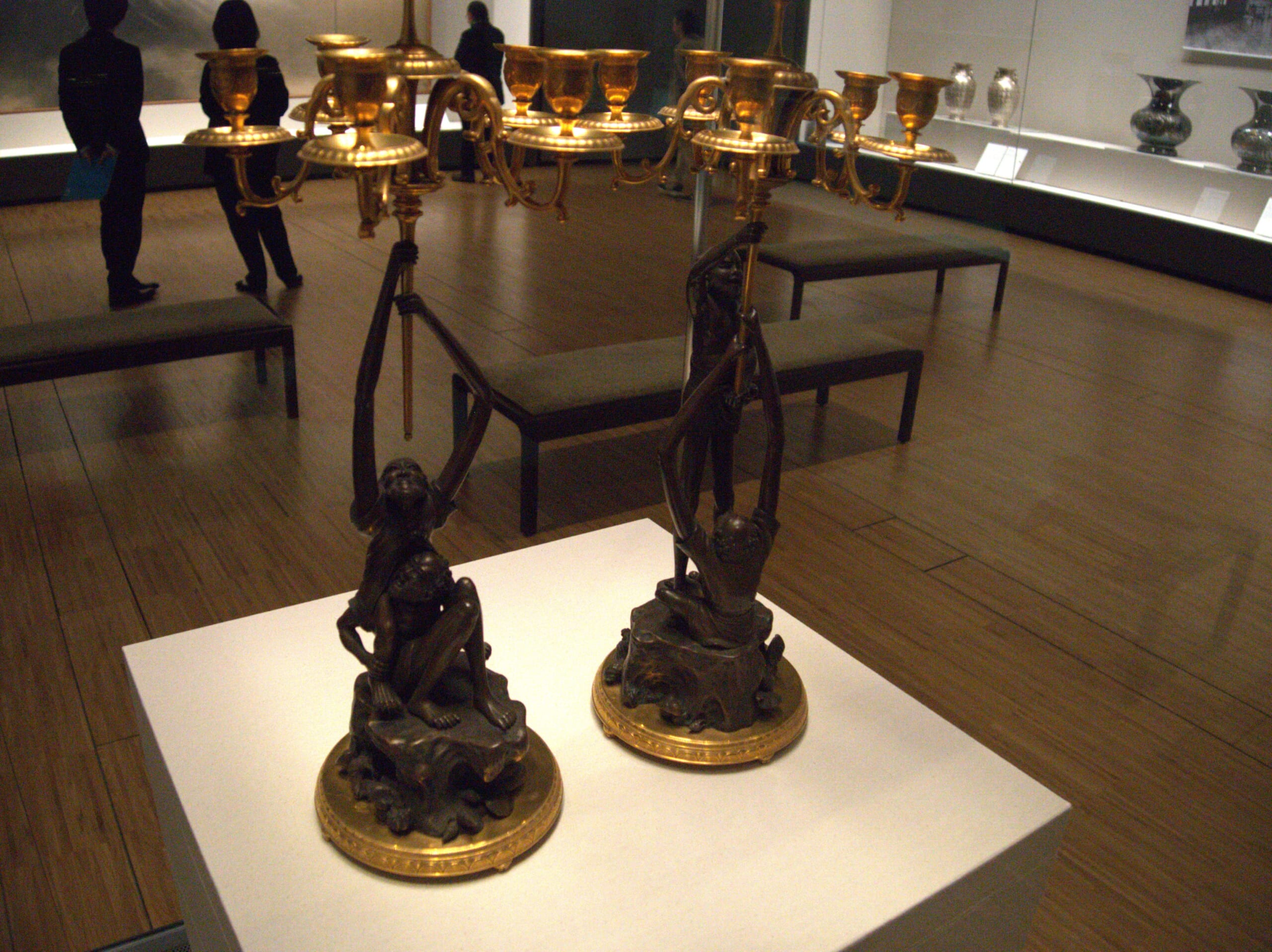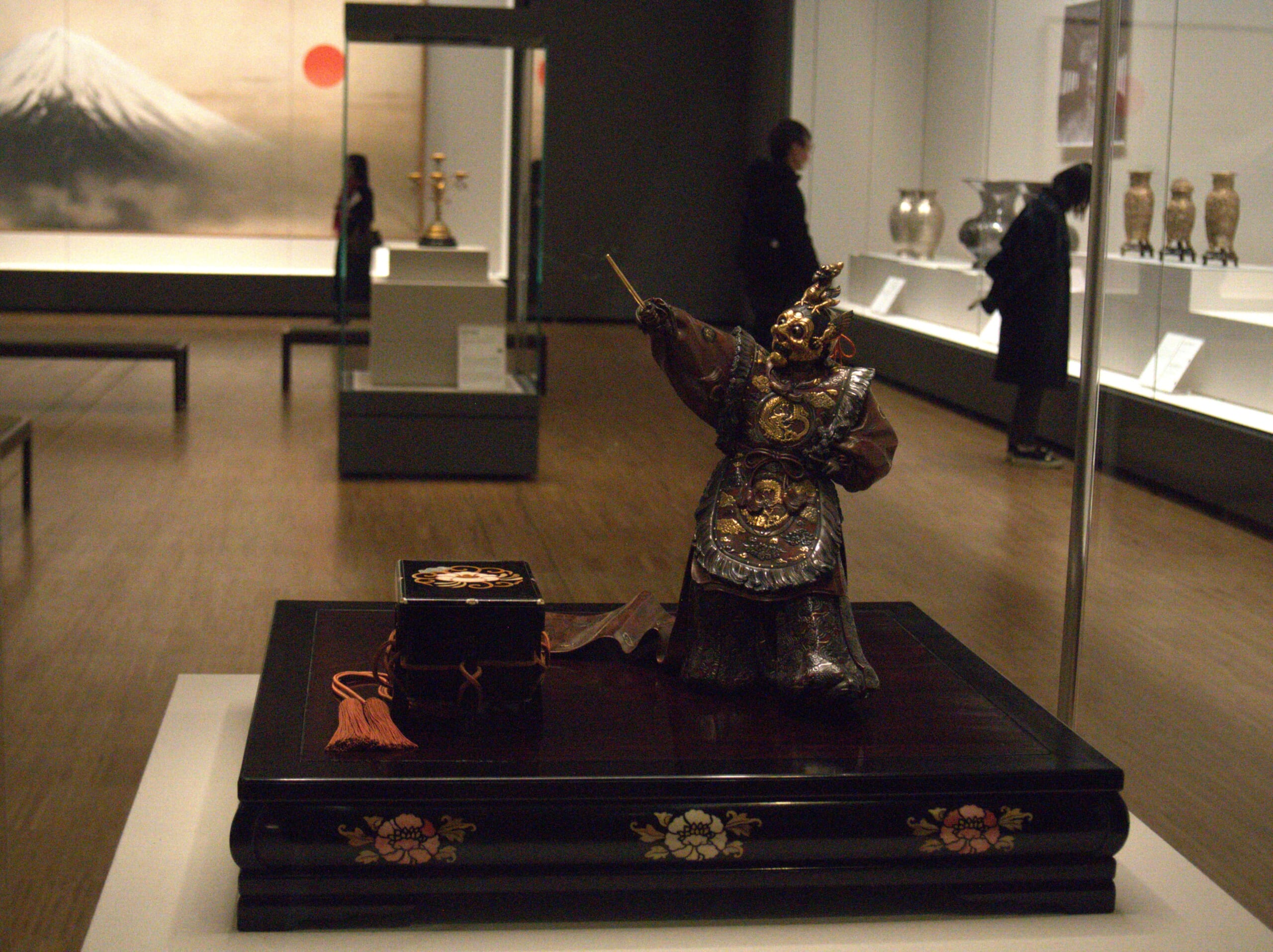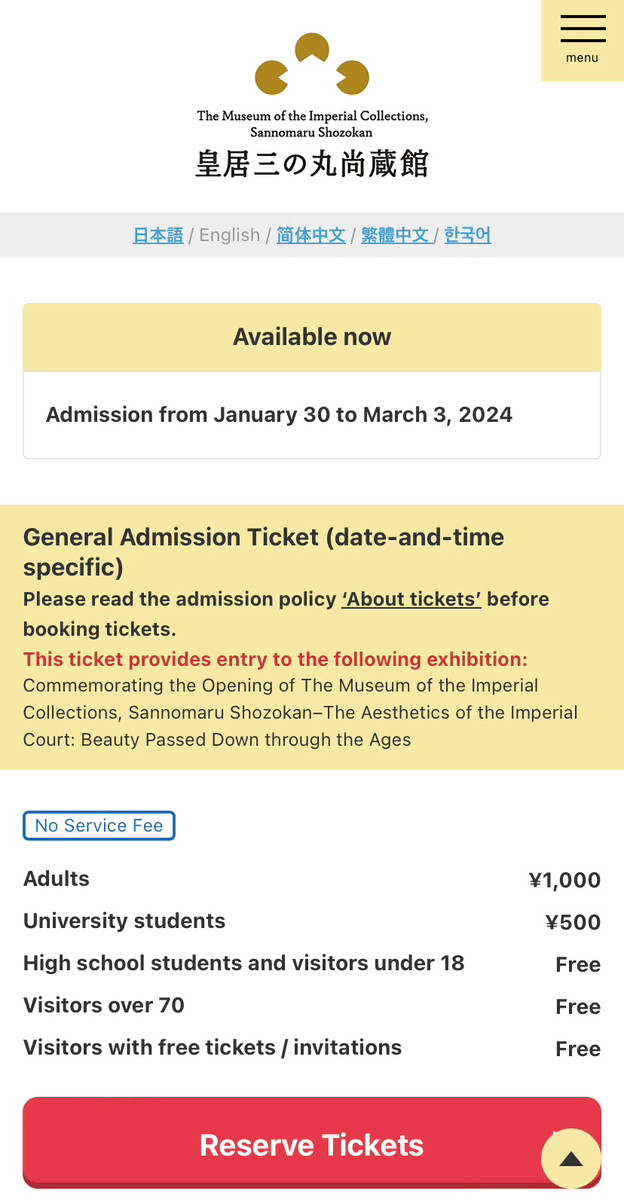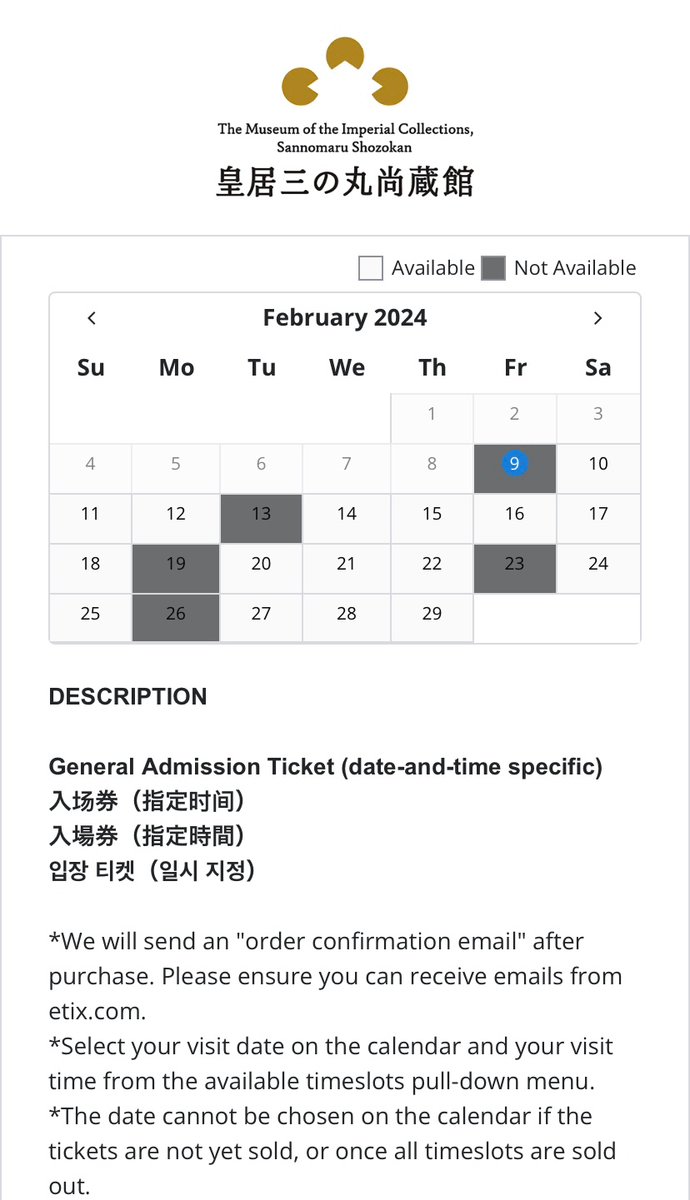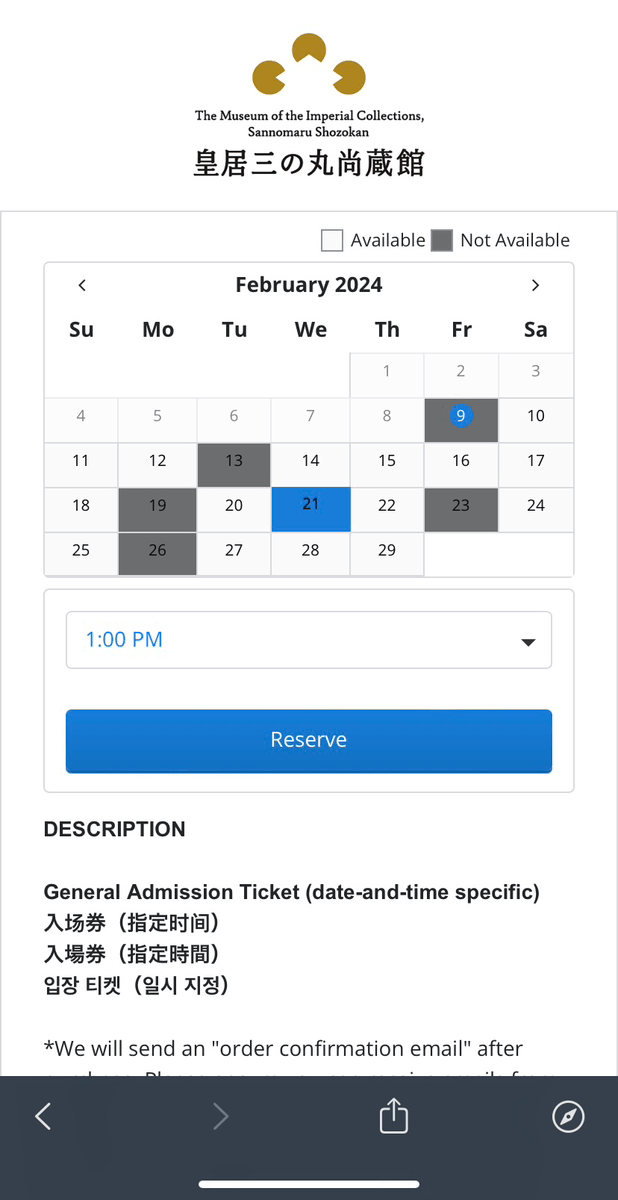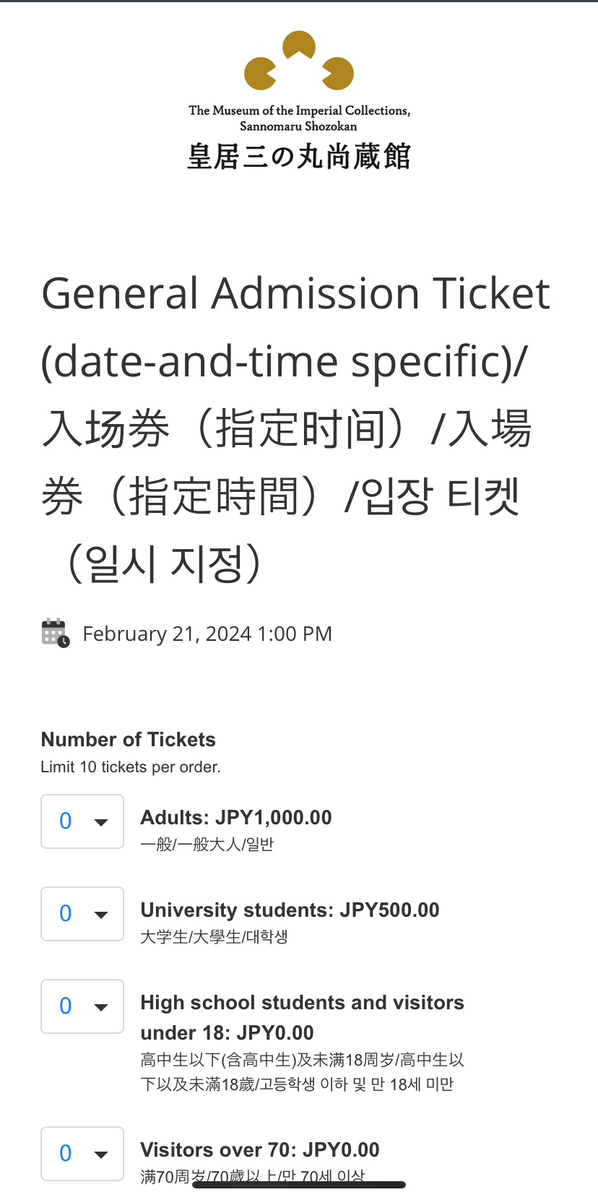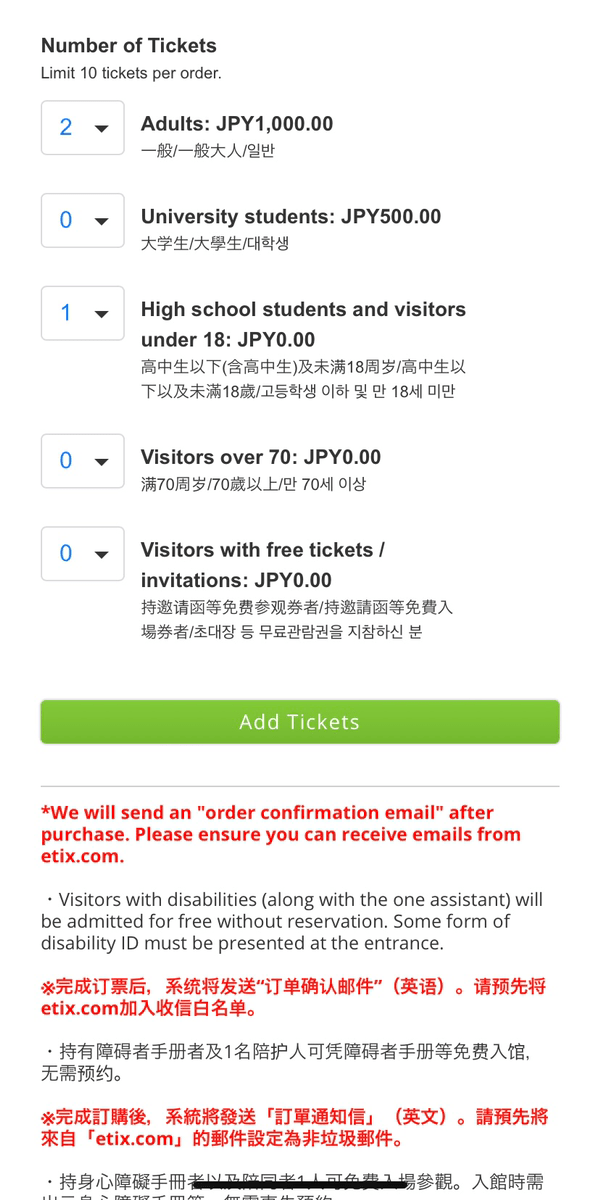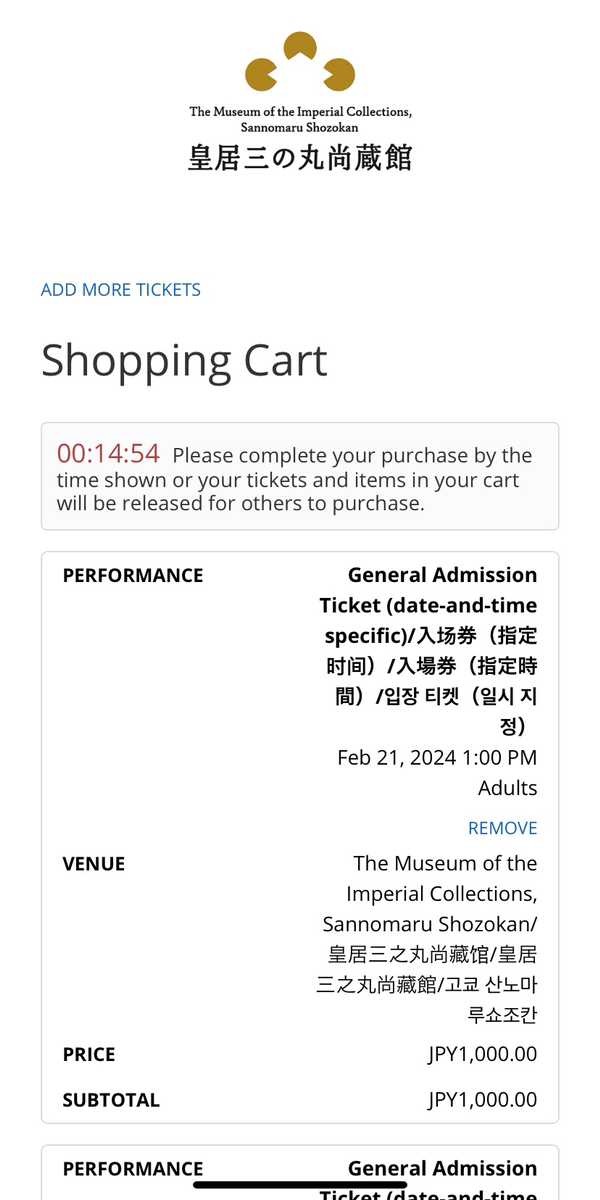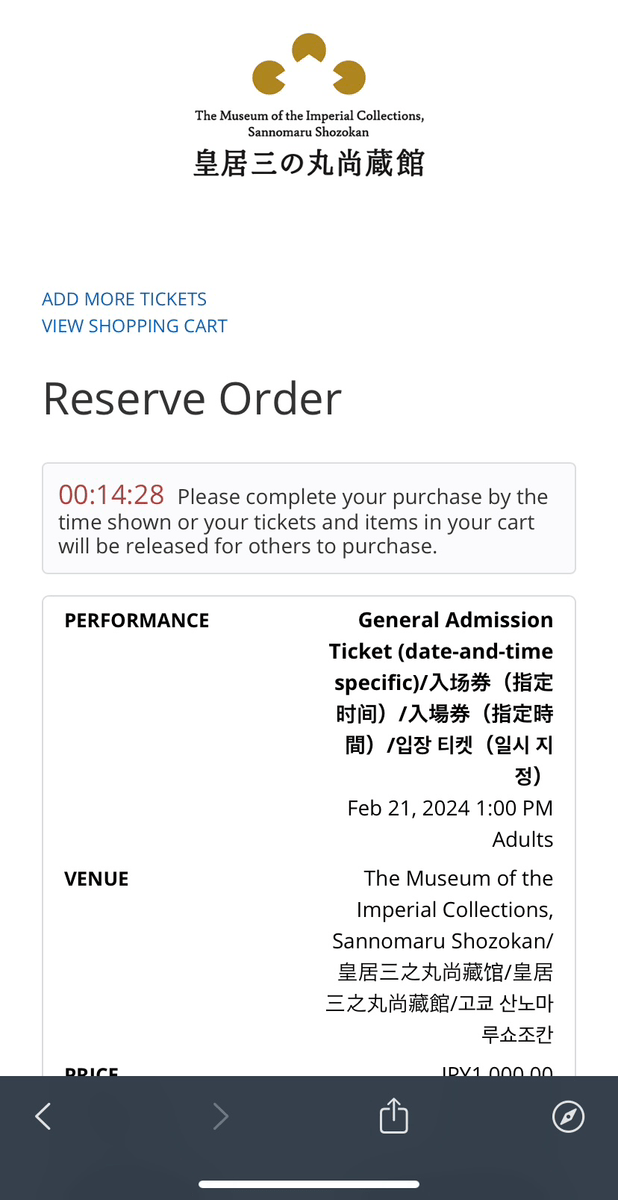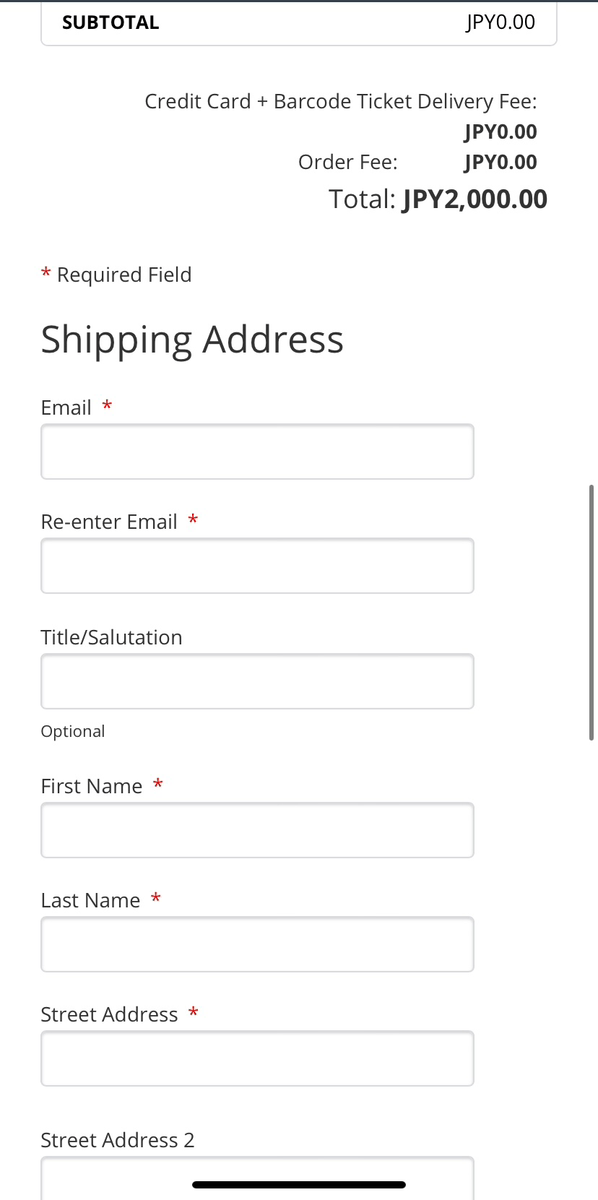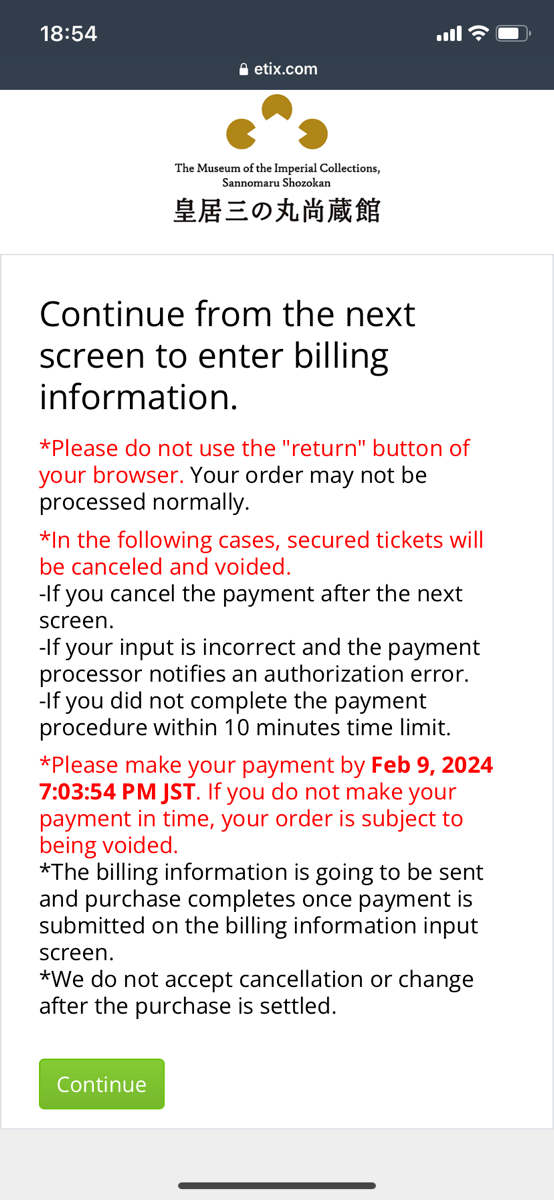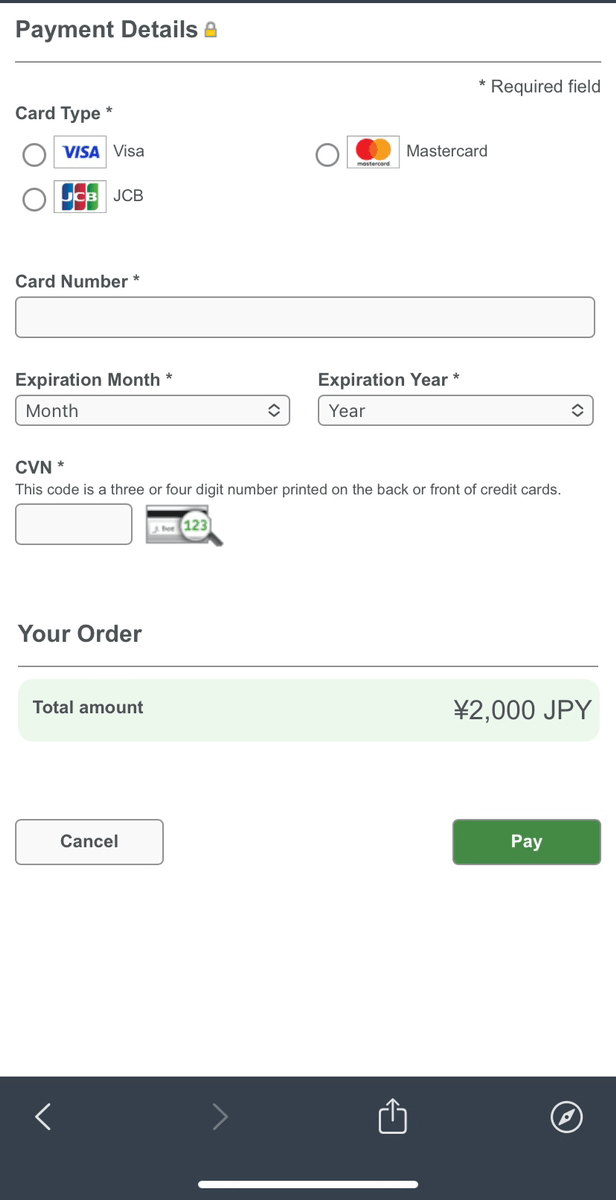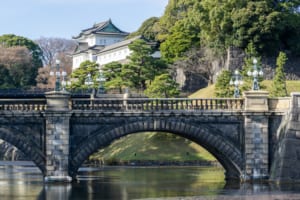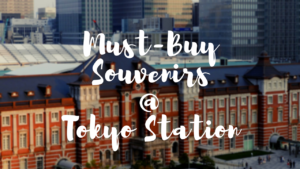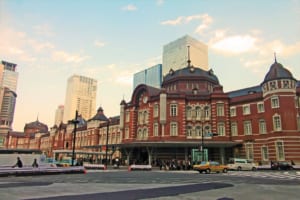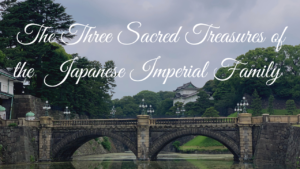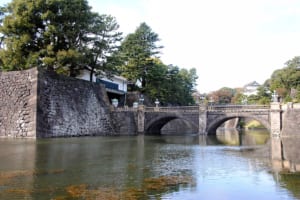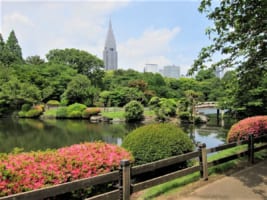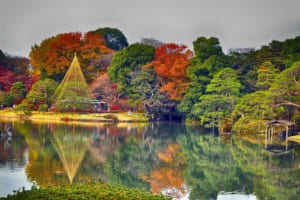Exhibition at Sannomaru Shozokan: The Museum of the Imperial Collections
Discover the Artistic Heritage of Japan's Imperial Family

The Imperial Palace in Tokyo is an indispensable visit for anyone seeking to understand Japan’s rich cultural and historical tapestry. Located within its grounds lies a museum that houses a treasure trove of art passed down through generations of the Imperial Family, including paintings, calligraphy, and decorative arts.
The Museum of the Imperial Collections, Sannomaru Shozokan, located within the East Gardens of the Imperial Palace, is the place where one can witness the diverse and invaluable treasures accumulated from Japan and around the world.
In this article, I will share my experience visiting the exhibition “The Aesthetics of the Imperial Court: Beauty Passed Down through the Ages” at this unique museum, offering a glimpse into the enduring legacy of imperial elegance.
*Please note that this article contains affiliate links.
What is the Sannomaru Shozokan?

It was established to preserve and publicly display a vast collection of fine arts that have been accumulated by the Japanese Imperial Family over centuries. These items, ranging from ancient to modern times, were traditionally used in daily life or as decorations in official settings such as palaces.
In 1989, the then Emperor and His mother Empress Kojun donated thousands of artworks to the nation, leading to the creation of the museum.
The museum underwent a significant expansion and partially reopened within the Imperial Palace East Gardens in November 2023 (on its 30th anniversary). The renovation, which is still ongoing and is planned to be completed in 2026, addresses the previous limitation of display space, roughly quadrupling the exhibition area and substantially increasing the number of artworks that can be displayed simultaneously.
The collection, comprising about 6,100 items, includes many famous works that appear in history textbooks, making it a treasure trove of cultural heritage accessible to the public.
Current Exhibition: The Aesthetics of the Imperial Court – Beauty Passed Down through the Ages –
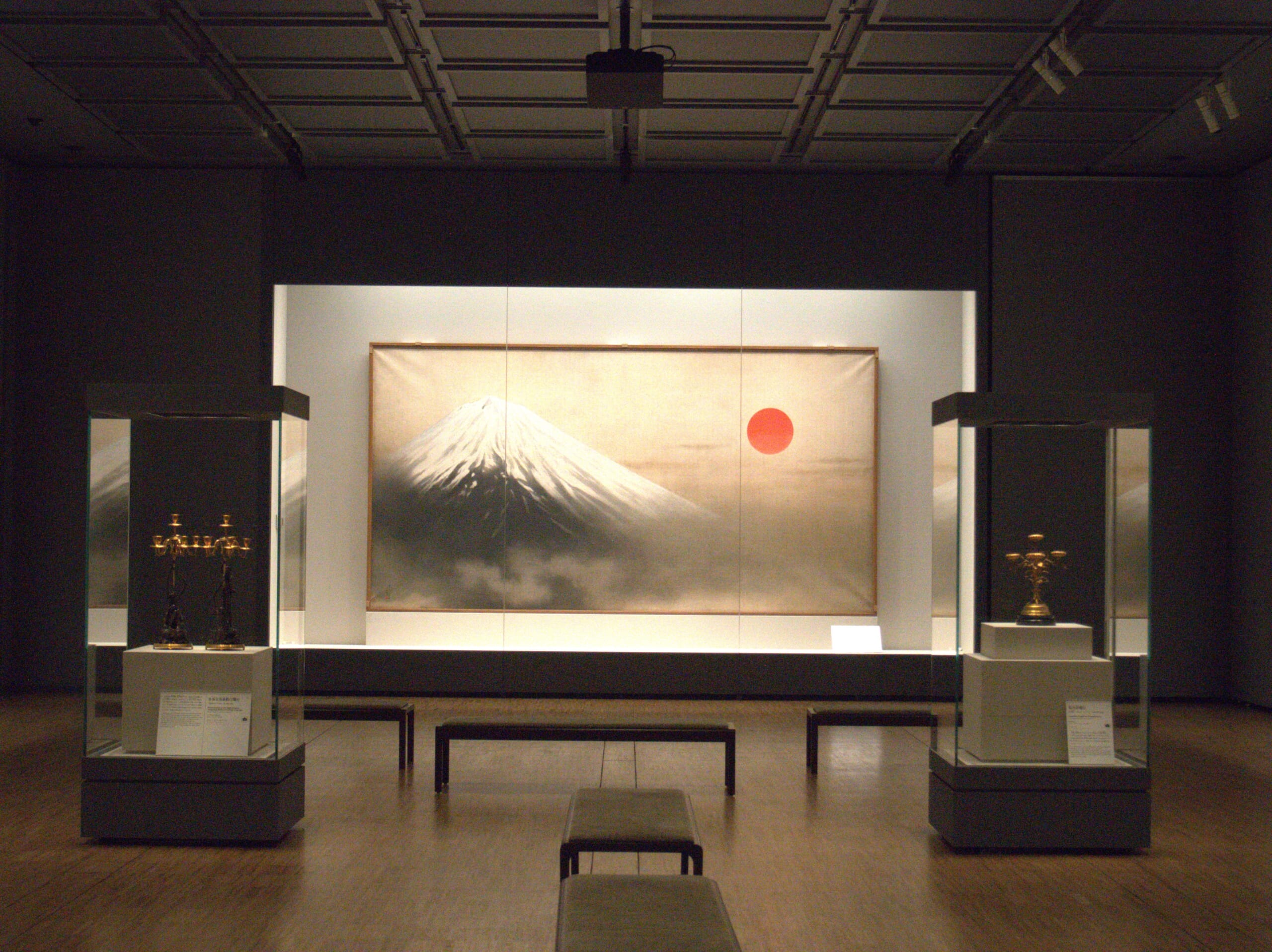
Spanning eight months through June 23, 2024, this exhibition showcases a diverse collection of artifacts, representing the elegance of the Imperial Family, across four phases. Each item is a precious heritage passed down within the Imperial Family.
Hosted in the newly renovated Sannomaru Shozokan, the exhibition provides a unique opportunity to explore the varied and historical treasures preserved by the Imperial lineage, divided into four distinct periods for viewing.
These phases of this exhibition are:
Part 1: National Treasures of the Sannomaru Shozokan (November 3 – December 24, 2023)
Part 2: The Beauty and Techniques of Artworks of the Imperial Court in the Modern Era (January 4 – March 3, 2024)
Part 3: Artworks that Adorned the Early Modern Imperial Palaces (March 12 – May 12, 2024)
Part 4: Selected Masterworks of Sannomaru Shozokan (May 21 – June 23, 2024)
I had the opportunity to visit the Sannomaru Shozokan during the 2nd phase of this exhibition, so let me share with you my experience and thoughts.
My Experience visiting the Sannomaru Shozokan
From here, let me share with you my experience visiting the Sannomaru Shozokan during the “The Aesthetics of the Imperial Court: Beauty Passed Down through the Ages” exhibition.
1. Arriving at the location
Getting to the Sannomaru Shozokan is easy since it is located practically in the center of Tokyo. You can access it from either Otemachi Station or Tokyo Station. I decided to go from Tokyo Station which takes about 15 minutes to walk to the entrance (more detailed access information is at the end of the article).

You first need to enter the Imperial Palace from the Ote-mon Gate (大手門) located on the east side of the East Gardens (the Imperial Palace is huge and it might be a little difficult to find at first). After entering the Ote-mon Gate, you just follow the path to the museum which is not that far from the gate.
You will encounter the brand-new building on your right side. After entering the building, there is the reception where you show your reservation and enter.
The museum features an interior that seamlessly blends contemporary design with traditional motifs, creating a bright and clean atmosphere. Elements like lattice-like patterns, reminiscent of Japan’s traditional diamond shapes and inspired by those found within the Imperial Palace, are integrated into the design, enriching the building’s appeal with a nod to historical elegance.
2. The exhibition
I visited the museum in late January, and the exhibition I saw was “Part 2: The Beauty and Techniques of Artworks of the Imperial Court in the Modern Era”.
This exhibition comprises two distinct exhibition spaces: the first room displays items personally related to modern Emperors and Empresses, while the second room showcases artworks used in more official settings and ceremonies, including larger paintings and sculptures.

The first room displays the more personal items that were mostly gifted to or ordered to be made by the Emperors and Empresses of the modern era. There was a nice blend of items such as jewelry, stationery items, clocks, and hand-written poems to paintings, sculptures, and vases made in Japan and overseas.
They are nicely displayed and numbered so that you can read the explanation at the side, which comes in both Japanese and English (as you can see in the image below). It also indicates which items can be taken photo.
Gifted items not only came from within Japan but also from abroad. For example, the necklace in the image above was a gift from the king of Saudi Arabia in the 70s’.
The items that were ordered to make were mostly made by Japanese artists or manufacturers. For example, the Seiko clock on the left side of the image above was specially made for the emperor, thus not having a serial number. Not only that but if you look carefully, the crown of the watch was modified to have the shape of the Imperial chrysanthemum crest.
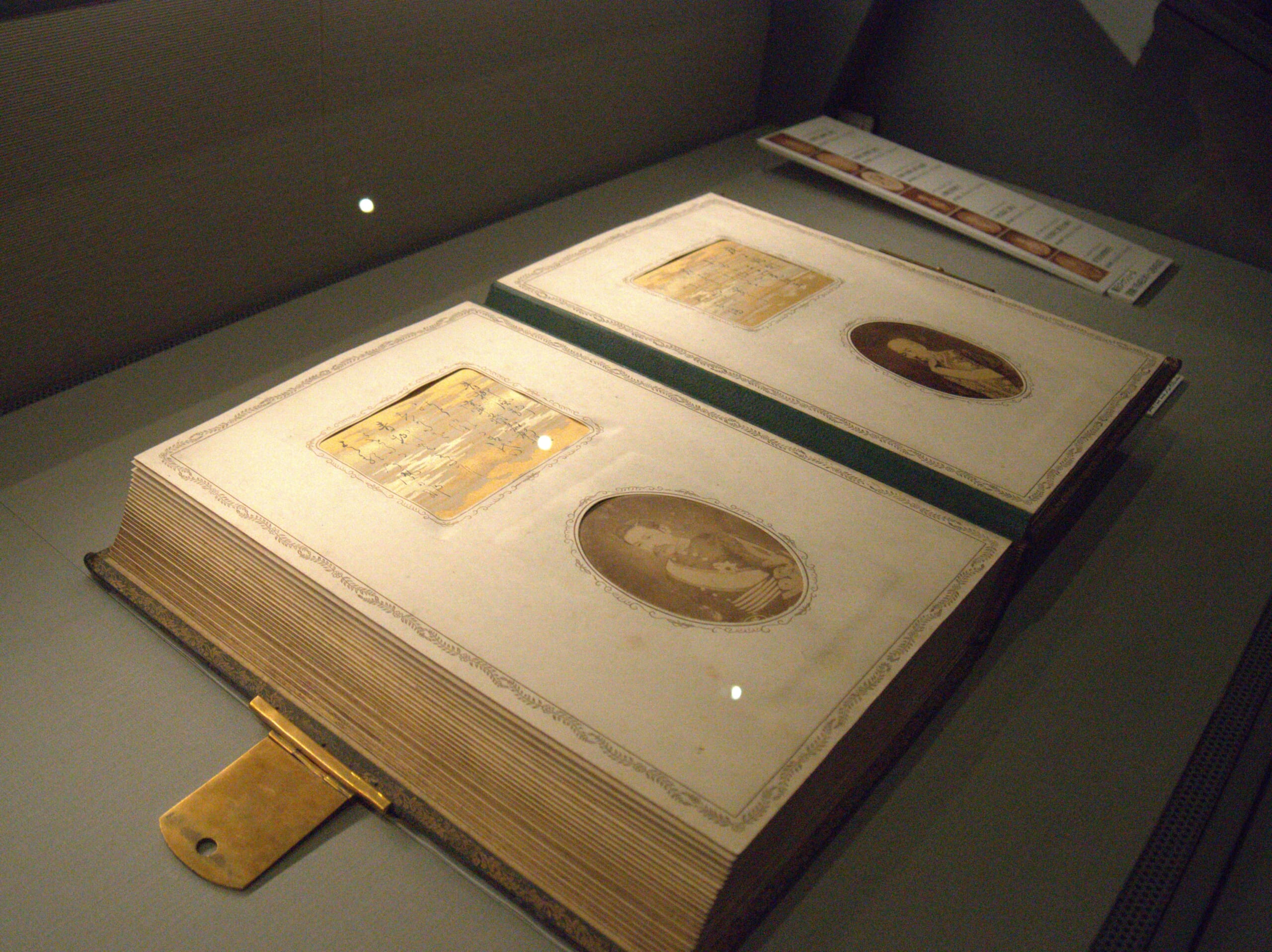
The book shown in the image above is one of the displays that I found particularly interesting. It is a photo album made in 1880 including the members of the Imperial Family, Ministers, and Councilors of that time. It not only includes a photo of each member, but also a poem created by that person. There are 39 albums in total including over 4,500 members.
You can also find other art pieces such as the ones above. The hanging scrolls on the left were created by Kawai Gyokudo and Takashima Hokkai who were highly renowned artists. The scroll on the right which includes illustrations and poems was also created by Kawai Gyokudo.
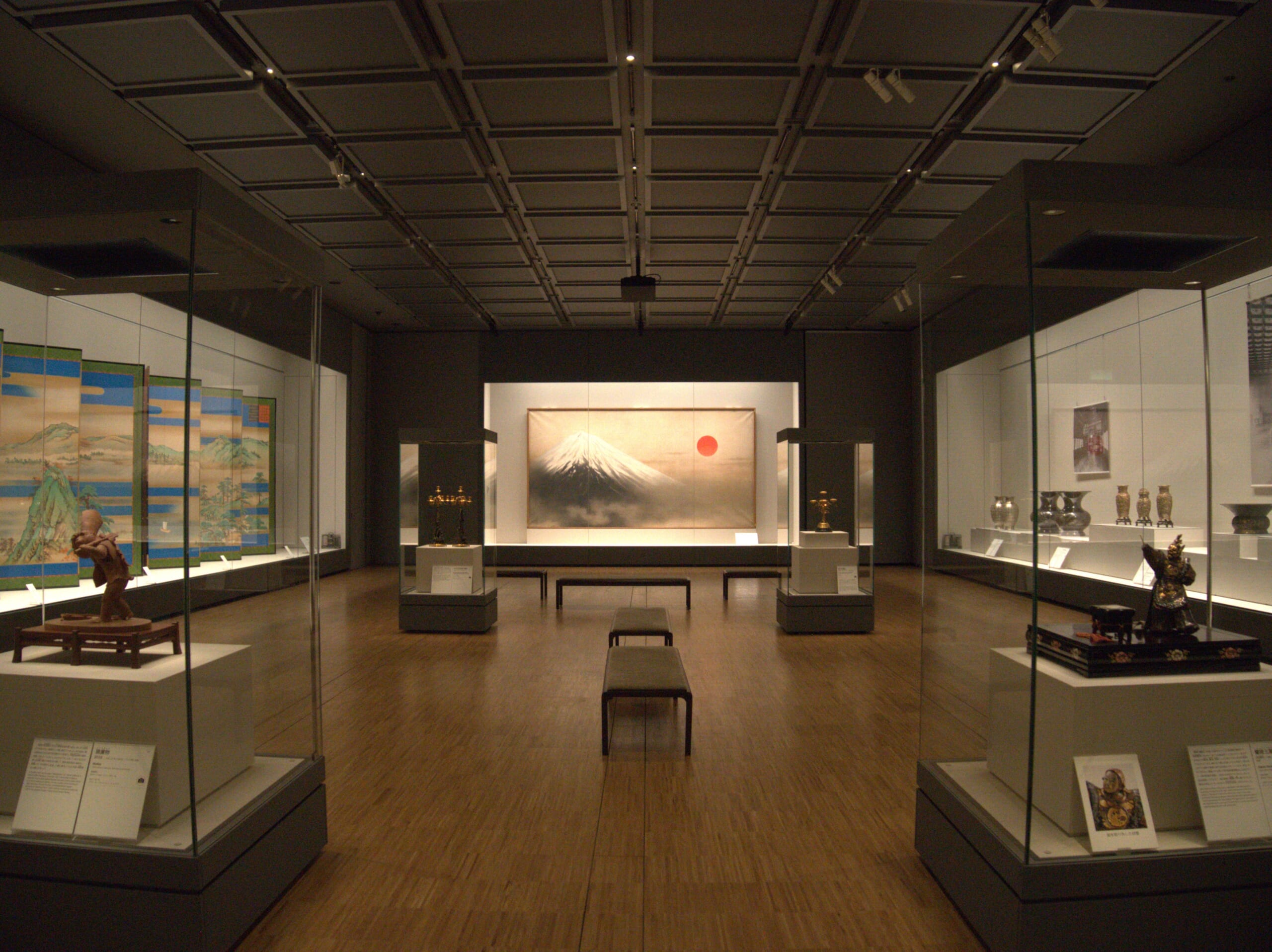
Next, we advanced to the second room of the exhibition where an impressive large painting of Mount Fuji welcomed us. This room displayed larger items such as paintings, vases, folding screens, and sculptures. Since every item was larger compared to the previous room, it gave a strong impression.
A section of this room was dedicated to items that survived a fire back in 1945 that destroyed the Meiji Palace, a building within the Imperial Palace grounds where many important ceremonies were held. For example, the vases in the image above were used in a room called Chigusa-no-ma (Room of Myriad Flowers). You can see in the other image a photo of the room back then. You can see how these vases were actually used.
The most impressive piece of this exhibition has to be this large painting created by the highly regarded painter of the Meiji, Taisho, and Showa era, Yokoyama Taikan.
This painting titled “Land of the Rising Sun, Japan” (on view through March 3) is over 2m tall and over 4m long. It was gifted to Emperor Showa after it was on an exhibition in 1940.
Definitely a painting you’d like to go see at the museum!
Continuing walking around the room, there are also different types of art pieces such as folding screens and oil paintings. All these art pieces are well-preserved and you can see how the colors are still vivid even if they were created over 100 years ago.
You will also see artifacts, items, and art pieces of different design tastes. The pair of candelabras shown in the image above is particularly interesting because it combines elements from Japan, China, and Europe.
The figure at the right was created by Unno Shomin (a renowned metalwork artist who specialized in engraving). If you look closely, you can see the impressive skill that it takes to make such a detailed figure.
And with this, my experience at the Sannomaru Shozokan came to an end. I think I spent about an hour contemplating the displayed items, but for most people, it may take less.
3. Exhibition Info
As I previously mentioned, the current exhibition at the Sannomaru Shozokan is “Part 2: The Beauty and Techniques of Artworks of the Imperial Court in the Modern Era” which will be held until March 3, 2024.
We remind you that a prior reservation is required for visiting the museum. All reservations are date-and-time specific, which you can choose from (there are 14 30-minute time slots from 9:30 to 16:30).
The admission fee is 1,000 Yen for adults, 500 yen for university students, and free admission for people over 70 years old/under 18 years old.
You can make your reservation from the link below!
<<Book Online: General Admission Ticket for Sannomaru Shozokan>>
You can also check out more information about the future exhibitions and the museum from their official website.
Sannomaru Shozokan Official Website: https://shozokan.nich.go.jp/en/
How to book your Sannomaru Shozokan admission ticket
To book your admission ticket, click on the link above which will take you to the reservation main page (left image below). Click on “Reserve Tickets” and it will show you a calendar with the days available (middle image below). Choose the day and time slot of your preference, and click on “Reserve” (right image below).
After clicking on “Reserve”, choose the number of tickets per category (left image below). When you are done choosing the number of tickets, click on “Add Tickets” (middle image below). This will take you to the “Shopping Cart” page (right image below). Check that all the information is correct, and click “Continue”.
You will be on the “Reserve Order” page (left image below). Here, you need to fill out the required information (Email, Name, address, etc.) (middle image below), then confirm the Terms of Use, and Click on “Reserve” (right image below).
You will be on the “Continue from the next screen to enter billing information” page. Read the information and click on “Continue”. This will take you to the “Payment Details” page where you fill in the required information (right image below). Then you click on “Pay” to complete your purchase.
<<Book Online: General Admission Ticket for Sannomaru Shozokan>>
4. My Thoughts about this Exhibition
I thought it was a nice and memorable experience to come to the Sannomaru Shozokan.
Even before entering the museum, getting to visit the Imperial Palace is an experience you should definitely take into account. The entrances of the palace are huge and impressive. Then you get to the museum and enter this brand new and clean environment.
Of course, we don’t know what it is to be a member of the Imperial Family, however, all the displays have a unique story that indulges your imagination. As you read the explanations of each item, you start to imagine how they used to live.
If you love Japanese history and culture and are interested in the Imperial Family, then this museum is a place you should keep in mind when visiting Tokyo. There are other large museums in Tokyo, but this one in particular has a taste that you won’t see in any other museum.
How to get to Sannomaru Shozokan?
Since the Sannomaru Shozokan is located within the Imperial Palace grounds, access is easy. The two closest train stations are the Otemachi Station (大手町駅) and the Tokyo Station (東京駅).
The closest is Otemachi Station which you can get there with the Tokyo Metro. From the station, it is only a few minutes walk to the museum.
On the other hand, it takes about 15 minutes to walk from Tokyo Station, however, the path from Tokyo Station to the Imperial Palace is quite stunning, and you will find many shops, restaurants, and cafes along the way, making it a fun walk. If you are not in a rush, I would recommend walking from Tokyo Station.
 Access Access |
5 minute walk from Otemachi Station (Tokyo Metro). 15 minute walk from Tokyo Station |
|---|---|
 Business Hours Business Hours |
9:30 a.m. - 5:00 p.m. (Last admission 4:30 p.m.) |
 Price Price |
Adults: 1,000 Yen / University students: 500 Yen |
 Reservation Reservation |
Required |
 Official Website Official Website |
https://shozokan.nich.go.jp/en/ |
If you want to know more about things to do near the Imperial Palace, check out the following article!
▶ Best Things to Do around the Imperial Palace in Tokyo
Thank you for reading this article! Visiting the renovated Museum of the Imperial Collections was a delightful experience. The design of the new Museum reflects the current Imperial Palace style and beautifully blends modern simplicity with traditional architectural elements, incorporating diamond patterns, verdigris roofs, and decorative chains for rainwater, all enhancing its appeal.
If you already have plans to visit the Imperial Palace in Tokyo, then you should definitely consider visiting this museum as well!
▽Subscribe to our free news magazine!▽
For more information about Tokyo and its surrounding area, check out the following articles!
▽Related Articles▽
▼Editor’s Picks▼
Written by
Born and raised in Costa Rica, I started living in Tokyo from college. I love traveling within Japan & around the world. Since I wasn’t born in Japan, I know the cultural impact that you can get when visiting Japan for the first time and what you might be worried about before your trip. And I’ve lived long enough to somewhat understand the nuances of the Japanese culture that make this country such an attractive place to visit. Hopefully I can provide to you both the information you’re looking for and the information you didn’t know you needed to know.





